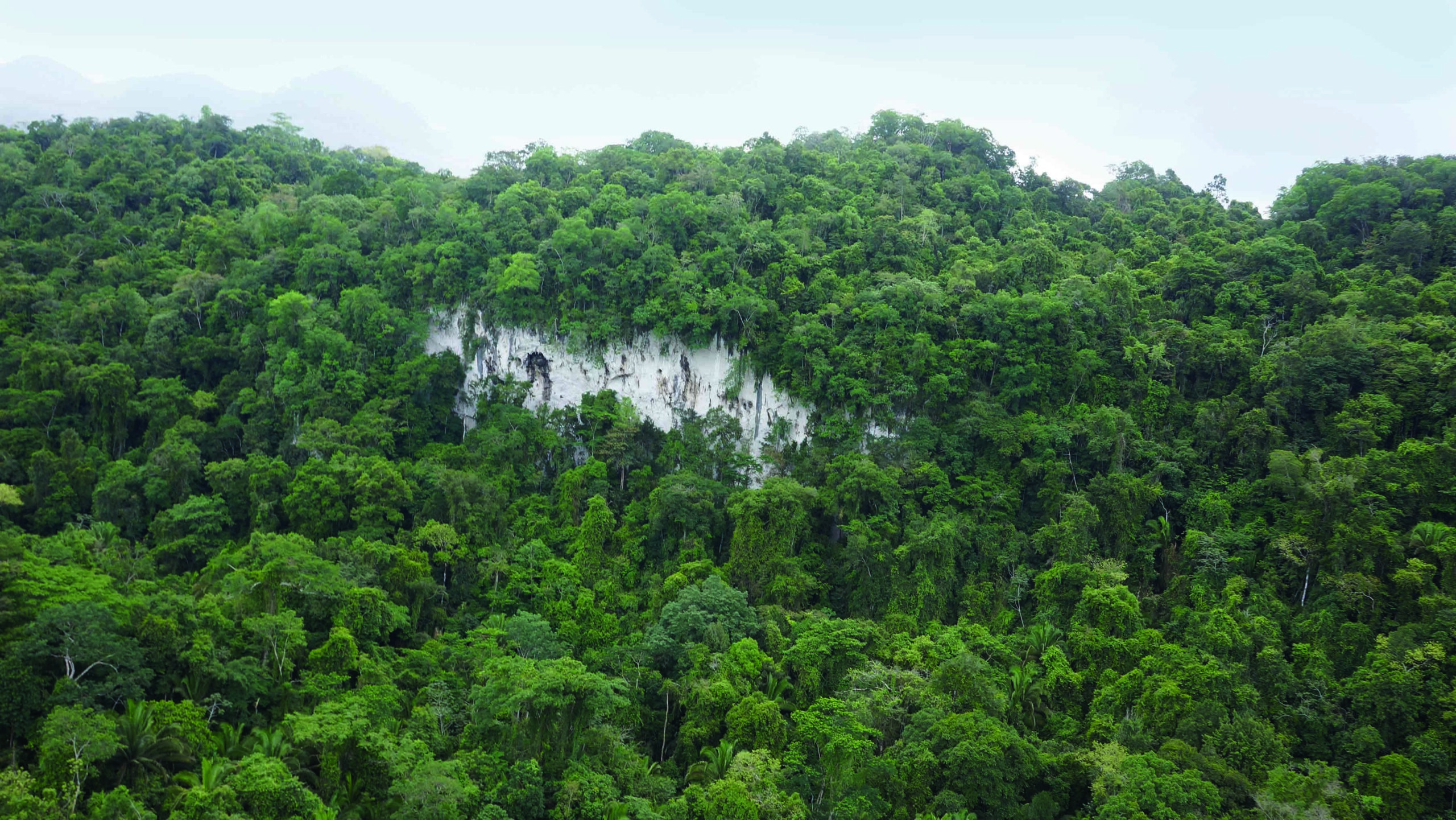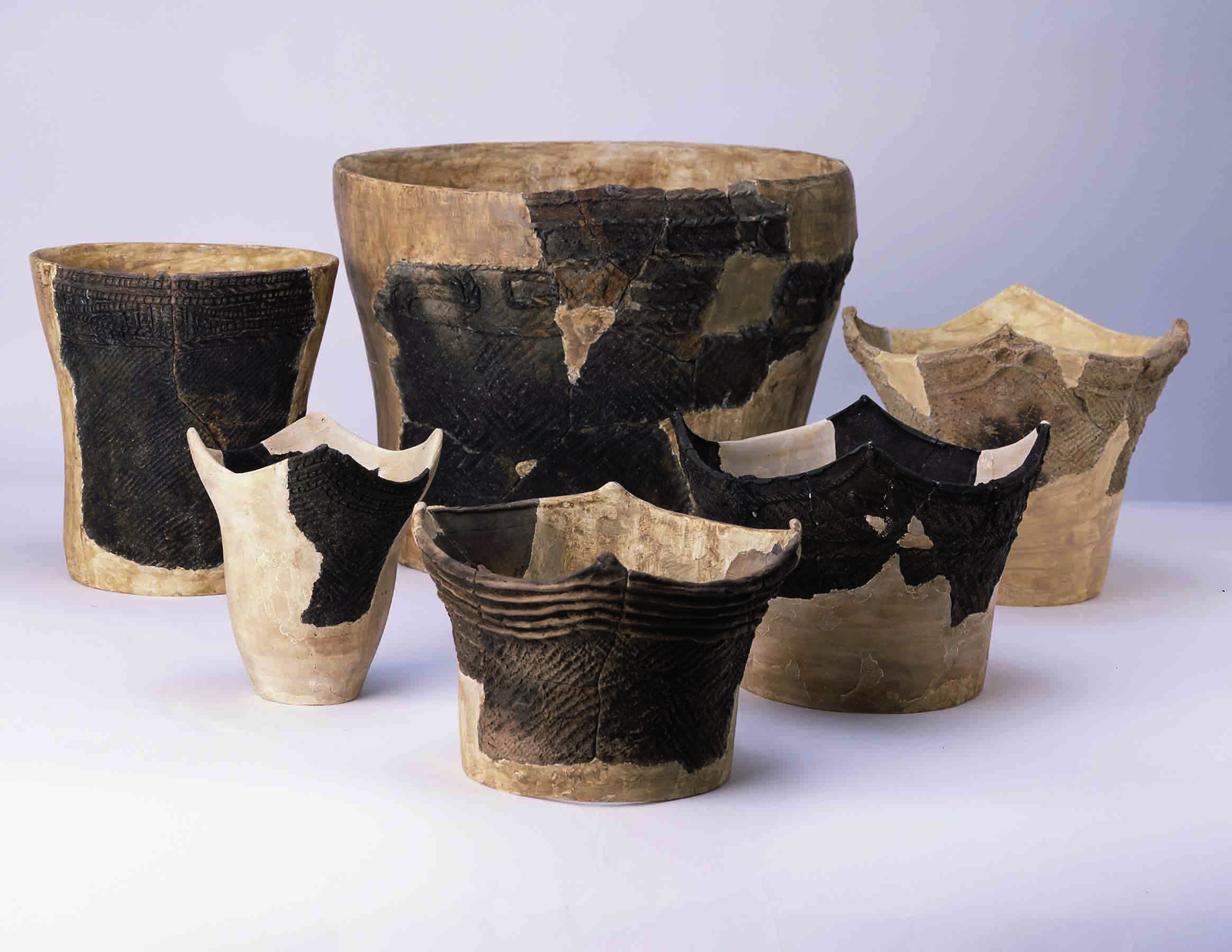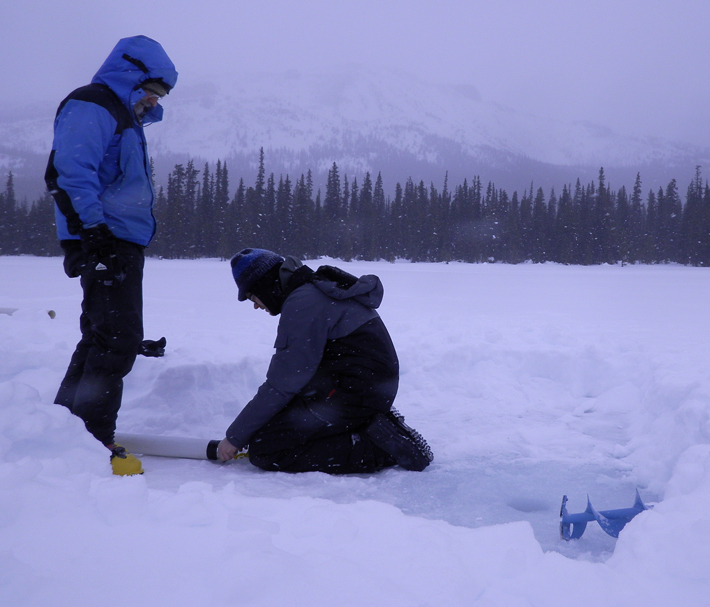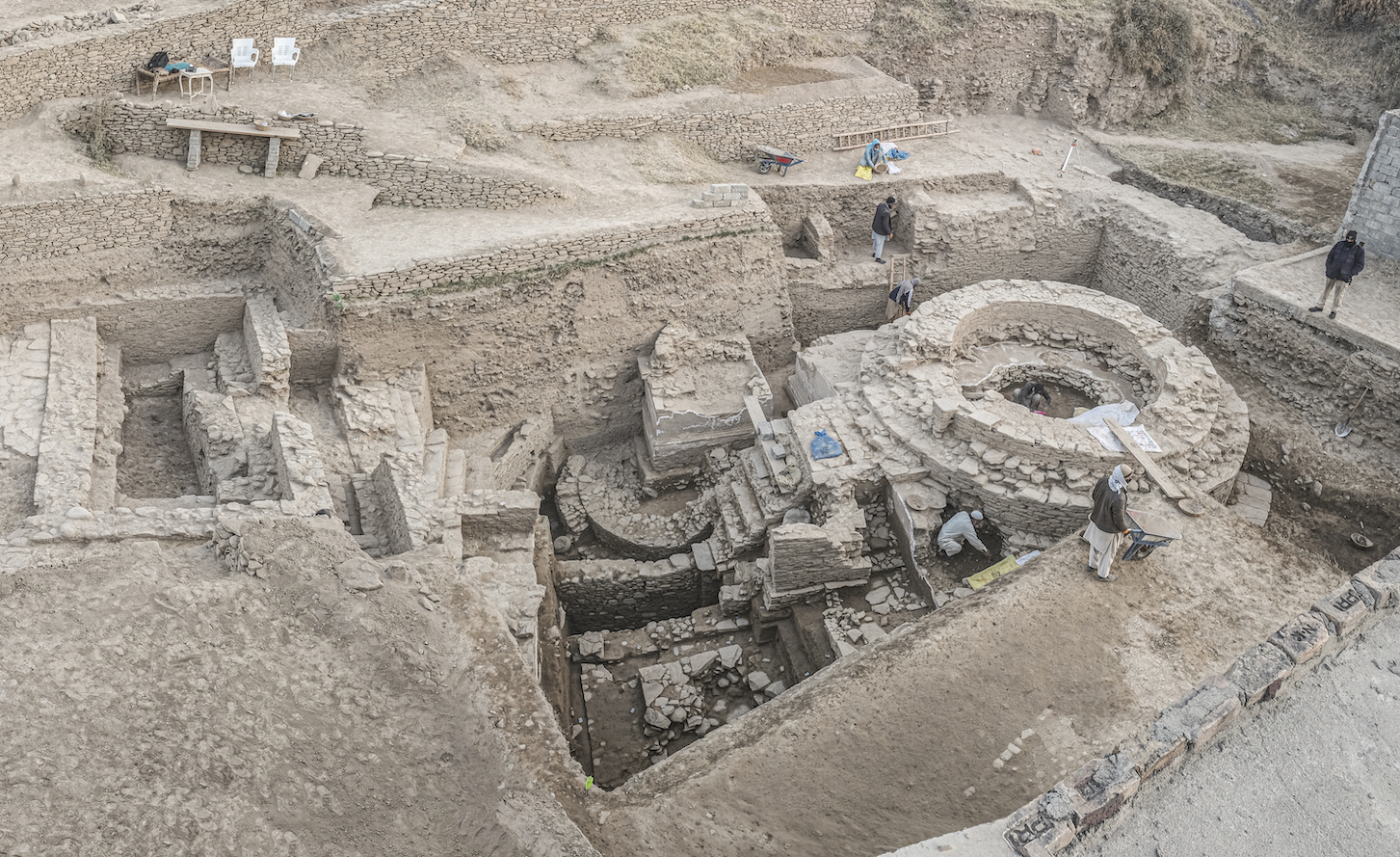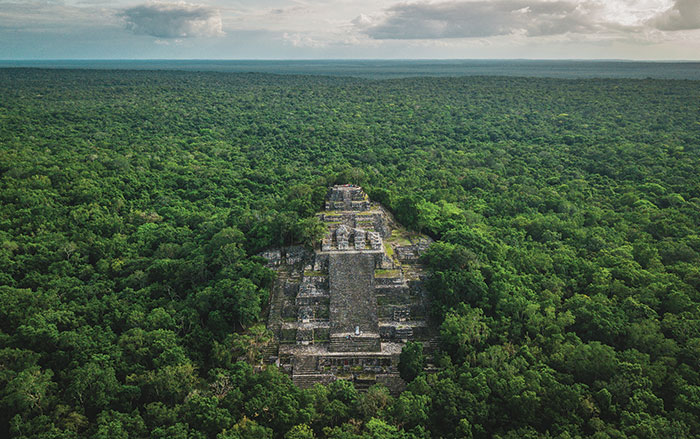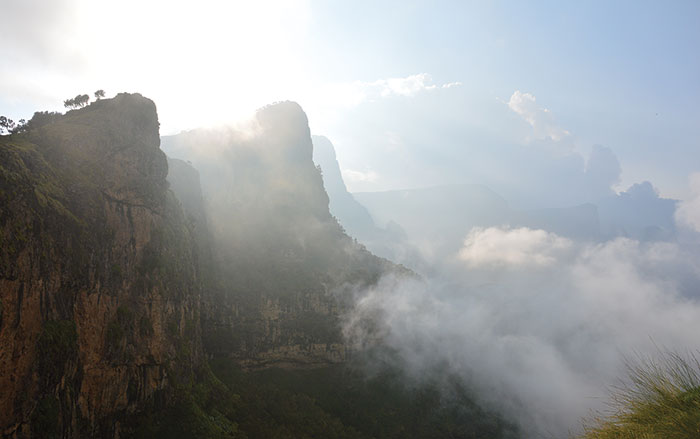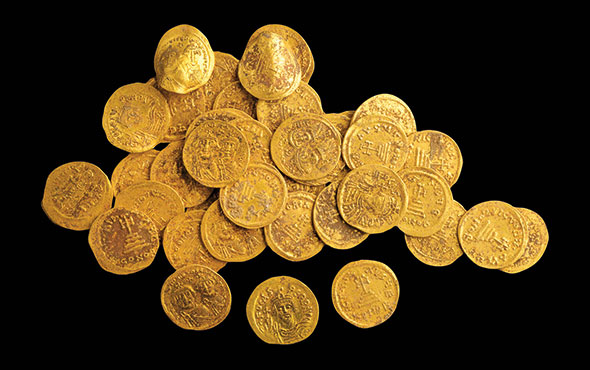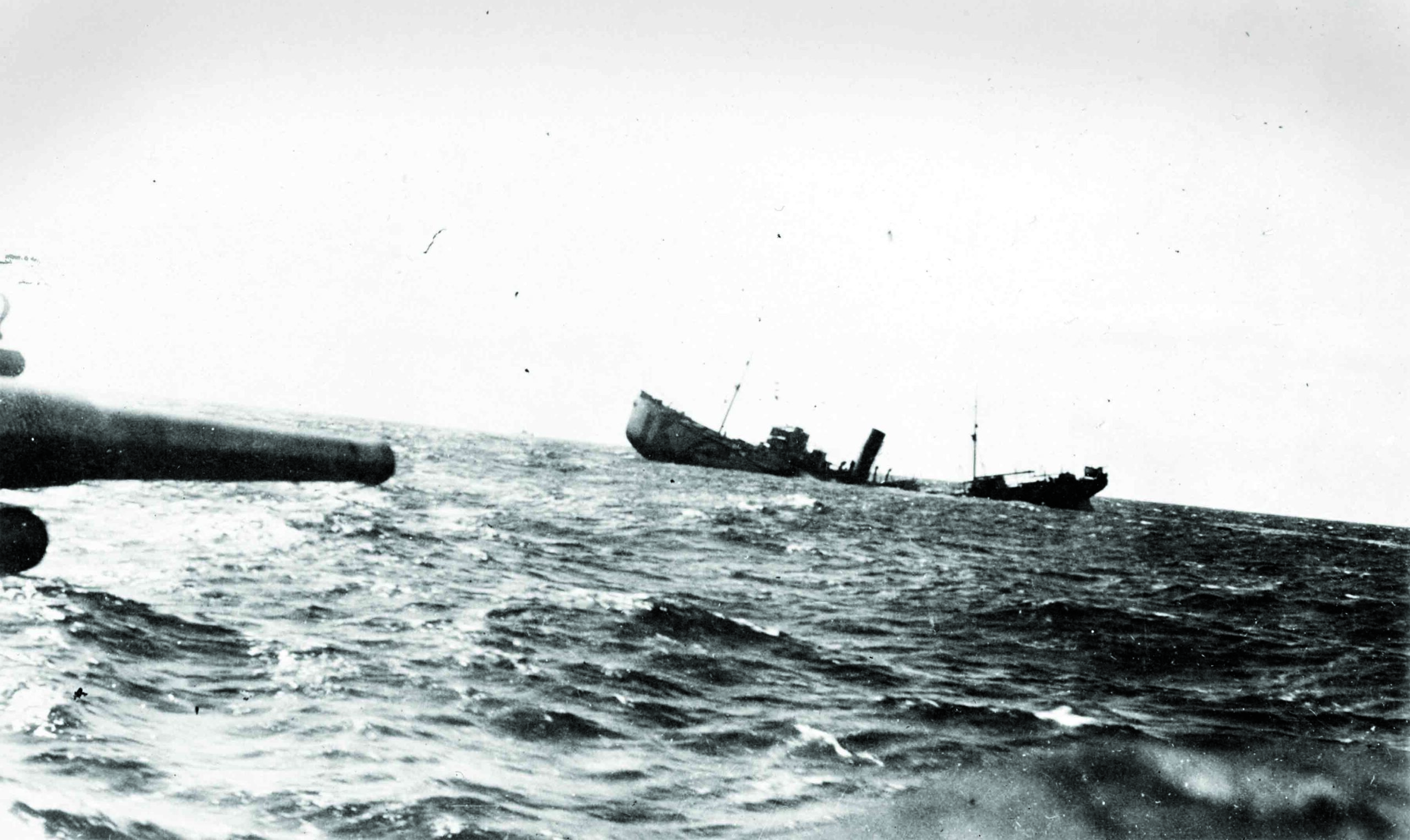
SINGAPORE—According to a statement released by Nanyang Technological University, a new study of paleogeography and population genetics suggests that rapid sea level rise drove prehistoric migration in Southeast Asia. Kim Hie Lim and Li Tanghua of Nanyang Technological University and their colleagues compiled paleogeographic maps of the prehistoric landmass known as Sundaland from 26,000 years ago to the present. They also sequenced the genomes of people from 59 ethnic groups living in the region over the past 50,000 years. The study found that during periods of rapid sea level rise, the populations of Sundaland were separated into smaller groups as the large landmass flooded and split into smaller areas, including what are now the Malay Peninsula, Sumatra, Borneo, and Java. The warmer temperatures, however, also supported population growth, and population density increased. Eventual overpopulation then drove migration northward, towards mainland Southeast Asia and South Asia, where populations were once again able to mix. The scientists plan to extend their research to migration in other parts of Southeast Asia and from North Asia to the Americas. Read the original scholarly article about this research in Communications Biology. To read about the possible migration of modern humans from Southeast Asia to Australia, go to "World Roundup: Indonesia."


